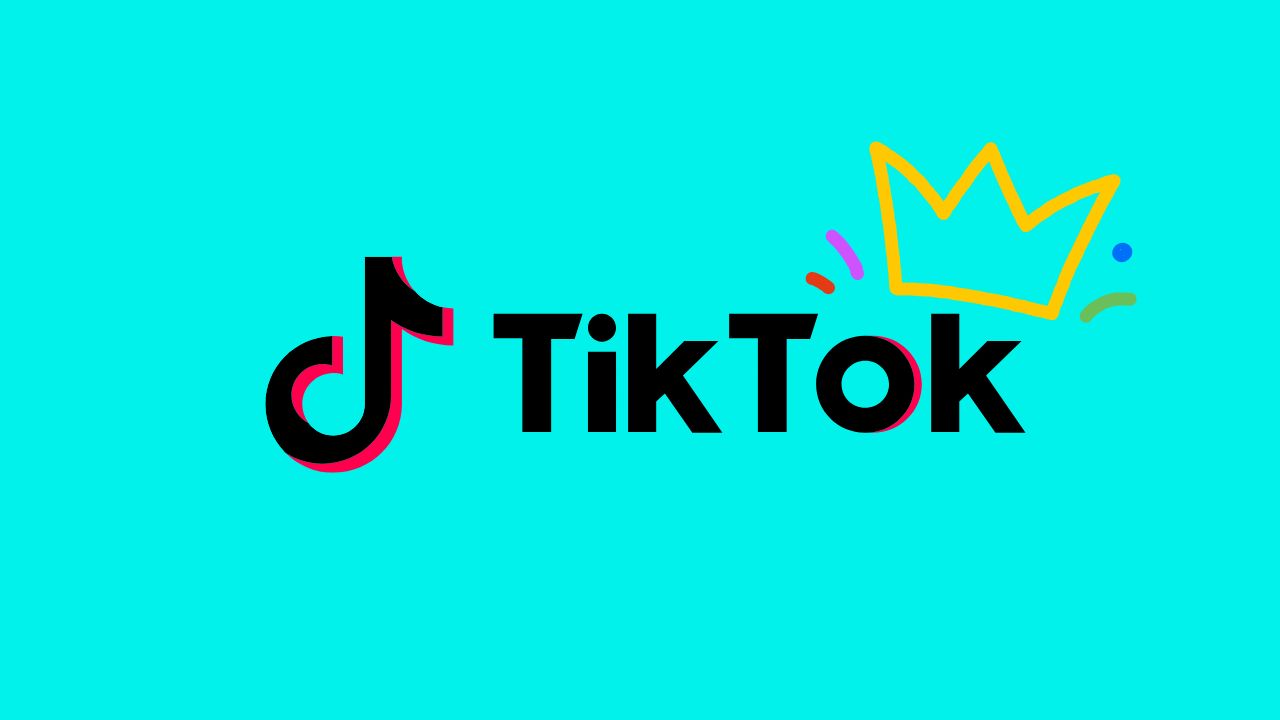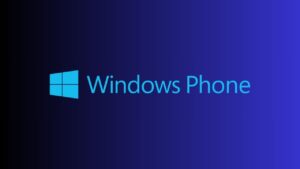The world of social media has been dominated by a few major players over the past decade. Facebook, Instagram, and TikTok have all captured the attention of millions, if not billions, of users. But what if Facebook had never purchased Instagram? Would TikTok still reign supreme in the short-form video space, or would another platform have risen to claim the crown? Let’s take a deep dive into this hypothetical scenario and explore how the social media landscape might have looked today.
The Instagram Acquisition: A Defining Moment in Social Media History
In 2012, Facebook made a bold move by acquiring Instagram for $1 billion. At the time, Instagram was a fast-growing platform that allowed users to share photos and videos with a strong focus on visual content. Facebook, already a dominant force in the social media world, saw Instagram as a serious threat and decided to neutralize it by bringing it into its fold.
This acquisition turned out to be a game-changer. Instagram, with its simple interface and photo-sharing capabilities, quickly evolved into a hub for not only photos but also videos, stories, and shopping. Facebook’s resources allowed Instagram to innovate rapidly, introducing features like Stories in 2016, which directly competed with Snapchat, and later Reels, which mirrored the success of TikTok’s short-form video format.
By acquiring Instagram, Facebook gained more control over the visual content-sharing space, ensuring that the platform continued to grow and remain competitive against emerging threats. Without this acquisition, Instagram’s growth trajectory may have been quite different, leaving space for other platforms to take the lead.
TikTok’s Meteoric Rise
Fast forward to 2016, when TikTok—launched by Chinese tech giant ByteDance—began to dominate the social media scene. Unlike Instagram, TikTok focused primarily on short-form videos, allowing users to create, edit, and share 15- to 60-second clips with a wide array of effects, music, and filters. The platform’s algorithm quickly became a key part of its success, offering users an endless stream of content that seemed perfectly tailored to their interests.
Within just a few years, TikTok attracted millions of users globally, especially among Gen Z. As of 2023, the platform boasts over 1 billion monthly active users, making it one of the most downloaded apps of all time.
So, would TikTok have achieved such rapid success without Instagram’s influence? TikTok’s dominance came largely from its ability to capture users’ attention with addictive, bite-sized content. But the platform’s rise wasn’t without its challenges—mainly from existing platforms, like Instagram, that eventually introduced features to compete directly with TikTok’s short-form videos.
Alternate Reality: What If Instagram Remained Independent?
In this hypothetical scenario, what would have happened if Instagram had remained independent and Facebook had not acquired it? It’s possible that Instagram, without Facebook’s deep pockets and resources, could have struggled to innovate at the pace required to keep up with the evolving social media landscape.
Here are some possibilities:
- Slower innovation: Without Facebook’s vast infrastructure, Instagram might not have been able to push out new features at the same speed. Instagram’s introduction of Stories, Reels, and e-commerce features were largely driven by Facebook’s resources and strategic vision.
- Acquisition by a competitor: Without Facebook’s acquisition, it’s likely that other tech giants, such as Google or Twitter, might have pursued Instagram. Google, for instance, could have integrated it with YouTube, or Twitter could have used it to bolster its own visual content.
- More competition for TikTok: If Instagram had remained a standalone entity, its competitive edge could have been sharpened. The introduction of short-form video on Instagram, specifically Reels, directly challenged TikTok’s dominance. Without Reels, TikTok might have had more room to grow uncontested.
Instagram Reels vs. TikTok: The Battle for Short-Form Video Dominance
In response to TikTok’s rise, Instagram launched Reels in 2020—an effort to reclaim its position in the short-form video space. The competition between Instagram Reels and TikTok has been intense, with both platforms fighting for user attention, engagement, and advertiser dollars.
Here’s how the two stack up:
- TikTok: Known for its viral trends, powerful AI-driven recommendations, and a unique ability to push creators into the spotlight, TikTok has become the go-to app for short-form videos. Its For You Page (FYP) allows users to discover new content tailored specifically to their interests, which keeps users hooked.
- Instagram Reels: While Instagram had an established user base of over 1 billion people when Reels was launched, it faced an uphill battle to replicate TikTok’s success. Reels’ algorithm, while effective, wasn’t as advanced as TikTok’s, and Instagram struggled to convince users to transition from their established photo-sharing habits to short-form video.
However, Reels has still seen significant success, especially among content creators who already had a strong presence on Instagram. For advertisers, Instagram’s comprehensive ecosystem—integrating Reels, Stories, Shopping, and the feed—makes it a more versatile platform than TikTok, which remains primarily video-focused.
Would TikTok Be King?
The question remains: would TikTok still be the king of short-form video if Facebook had never acquired Instagram? There are several potential outcomes.
- More Competition from Other Platforms: Without Reels, TikTok would likely have faced less competition from Instagram in the short-form video space. However, other platforms—like Snapchat and YouTube Shorts—would have likely risen to challenge TikTok’s dominance. Snapchat, with its history of ephemeral content and a younger user base, could have gained more ground in the short-form video arena.
- Faster Growth for TikTok: With fewer rivals in the video-sharing space, TikTok may have experienced even faster growth, attracting both creators and advertisers more rapidly. Without Instagram’s Reels, TikTok might have captured a larger share of the market.
- Instagram Innovates Independently: If Instagram had remained independent, it might have been forced to innovate in different ways. For example, it could have focused more heavily on video content or other new features, potentially creating a more direct competition for TikTok in terms of content creation.
The Future of Social Media Innovation
Looking ahead, it’s clear that the social media space is far from static. Platforms must constantly innovate to stay relevant, as seen with Instagram’s adaptation of Stories, Reels, and other features. The future of short-form video will likely continue to be shaped by TikTok, but with increased competition from both established players and newcomers.
As AI, augmented reality (AR), and virtual reality (VR) continue to evolve, we might see entirely new forms of content consumption that could further disrupt the social media landscape.
Conclusion
While the acquisition of Instagram by Facebook certainly shaped the social media landscape, TikTok’s success has proven that there’s always room for innovation. If Instagram had remained independent, it’s possible that TikTok might not have risen to the same level of dominance. However, the social media world is unpredictable, and new platforms are always emerging to challenge the status quo.
What do you think? Could TikTok have still become the dominant platform without Instagram’s influence, or would another competitor have taken the lead? Share your thoughts in the comments below!
Call to Action
If you enjoyed this article, don’t forget to share it with your friends and fellow social media enthusiasts! Stay updated on the latest trends in social media by subscribing to our newsletter.



